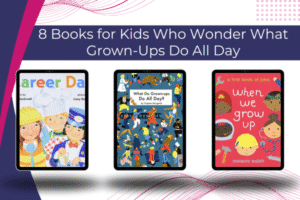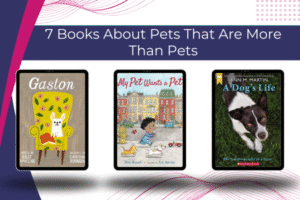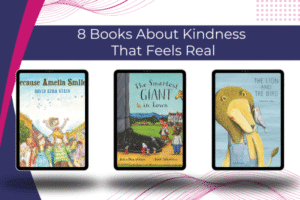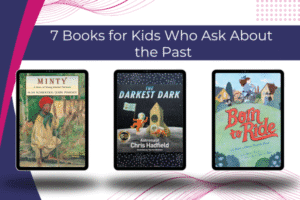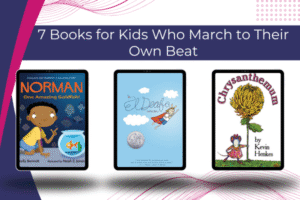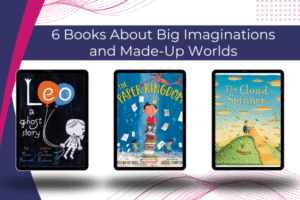Wanna hear more about the strategy for phonics teaching we have for you and your children to take reading to the next level? Take a look at some strategies for phonics teaching you might find interesting to try.
Hey there, let’s dive into why phonics is a bit trickier than it might seem at first glance. So, phonics, it’s all about helping kids connect the dots between sounds and letters. You know, getting them to understand that ‘B’ goes with the “buh” sound, like in ‘ball.’ Makes sense, right?
Now, here’s the thing – phonics is like the secret sauce of reading. The better kids get at recognizing, telling apart, and playing around with these sounds, the easier it becomes for them to unlock the magical world of reading. It’s like giving them the keys to the kingdom.
But hold up, some folks think the strategy for phonics teaching is a quick fix, like teaching your kid to read overnight with catchy songs and flashcards. Nope, not quite. Mastering phonics is a journey, not a sprint. Think about it, we’ve got 26 letters in the alphabet, but a whopping 44 distinct sounds. That’s more than meets the eye!
So, your little one is going to spend a good chunk of their early school days figuring out how these sounds puzzle together to make words. Kindergarten, first grade, second grade – it’s all part of the grand phonics adventure.
But don’t worry, parents, you’re not alone in this journey. You can nurture this skill at home, too. It’s all about practice, repetition, and helping your kid hear those sounds like a pro. And hey, it might take a bit, but once they crack the code, they’ll be reading wizards!
Why Phonics Is More Complex Than It Appears
Phonics entails teaching children to associate specific sounds with corresponding letters or groups of letters. The better they can recognize, distinguish, and manipulate sounds, the easier it becomes for them to decipher new words when they are ready to read.
Phonics serves as a fundamental cornerstone of literacy, a skill parents can actively nurture. However, some parents misinterpret phonics as a program that rapidly imparts reading skills through enjoyable sing-alongs, alphabet worksheets, and flashcards. In reality, mastering phonics is a gradual process. Despite having 26 letters in our alphabet, there are 44 distinct sounds. Most children dedicate a significant portion of kindergarten, first, and second grade to understanding how these sounds interconnect to form words.
Common Parental Challenges
Parents who attempt to phonetically decode words with a young pre-reader quickly realize the complexity of the task. Short vowels like ‘a’ and ‘e’ might sound indistinguishable to young ears. Letter combinations such as ‘sh’ and ‘th’ can be baffling for children who have recently become familiar with the alphabet. Furthermore, children encounter sight words like ‘the’ and ‘said,’ which defy phonetic decoding due to their irregular spelling. When asked to spell ‘kid,’ a 6-year-old might respond with ‘c-i-d’ as frequently as ‘k-i-d,’ leaving parents puzzled.
How to Assist Your Child
Children require extensive practice, countless opportunities to hear, understand, and manipulate word sounds. This practice enables them to quickly decode words for fluent reading. For parents, this may entail substantial repetition. While it may seem like your child is stuck, think of phonics as learning a secret code. Once your child grasps the code, they will confidently pass through the unlocked door to reading success.
One of the most valuable actions parents can take is helping their child perceive individual sounds within words. Ideally, children receive comprehensive reading programs at school, including spelling rules and sight word learning.
Emphasize the First Letter
Hey there, parents! Let’s kickstart our journey to boost your child’s reading skills right from the comfort of your home. It’s all about the ABCs, but with a twist. Start by talking about the letter’s name and the sounds it can make. For example, ‘A’ is not just an apple; it’s the awesome sound of ‘/a/’ like in ‘apricot.’ But here’s the fun part, encourage your little one to think of other words that kick off with the same sound, like ‘ant.’ And to top it off, get creative with some hilarious sentences that start with that very same sound, like ‘The angry ant attacked the apple with an ax.’ Trust me; it’s more fun than a barrel of monkeys!
Foster Rhyming Skills
Now, who doesn’t love a good rhyme? Grab some rhyming books and cozy up with your child. As you read, pause just before that rhyming word. This little pause is like a secret handshake with your kiddo, inviting them to join in the rhyming fun. And speaking of fun, play simple rhyming games together. It’s not just about giggles; it helps your child notice how sounds in words can be buddies, popping up in different words like they’re having a party!
Sequence of Sounds
Let’s move on to the sound sequences. Start with short words that have just a couple of sounds, like ‘hat.’ Challenge your champ to break these words into individual sounds. You say, “h-a-t,” and they put it all back together like magic. It’s like playing detective with sounds, and your child is the brilliant sleuth!
So, there you have it, folks, three awesome ways to boost your child’s phonics skills and set them on the path to becoming reading superstars! By incorporating these strategy for phonics teaching, you can support your child’s phonics and literacy development effectively.

